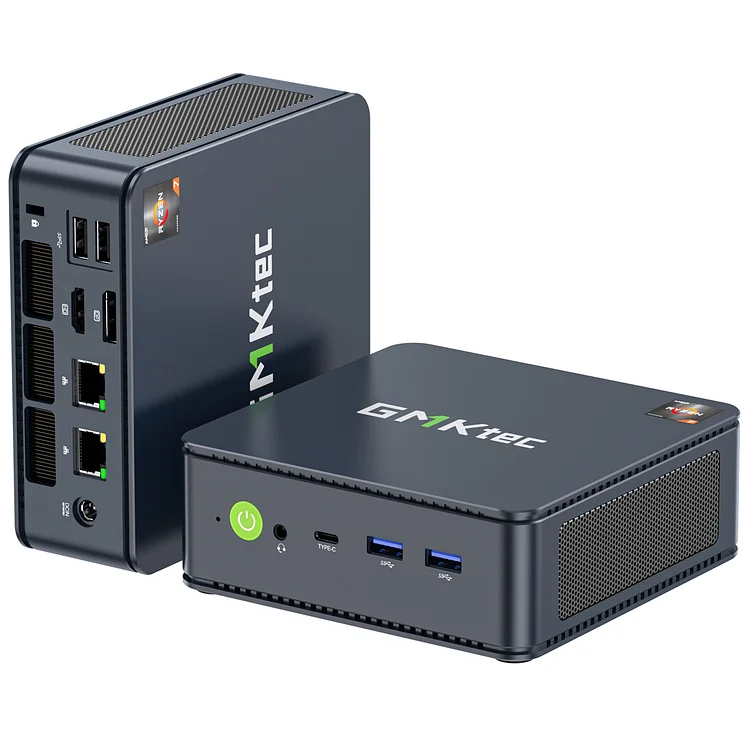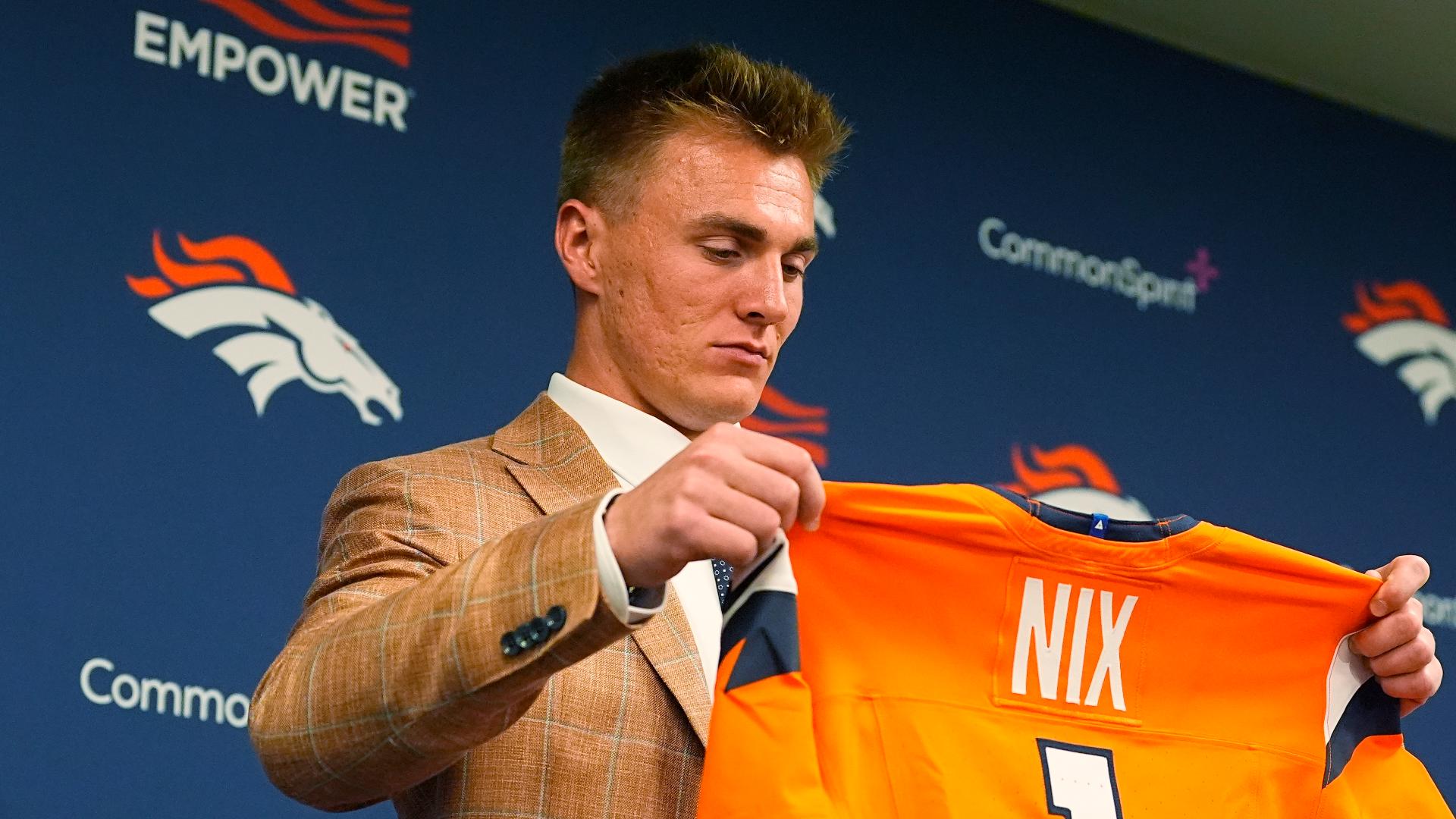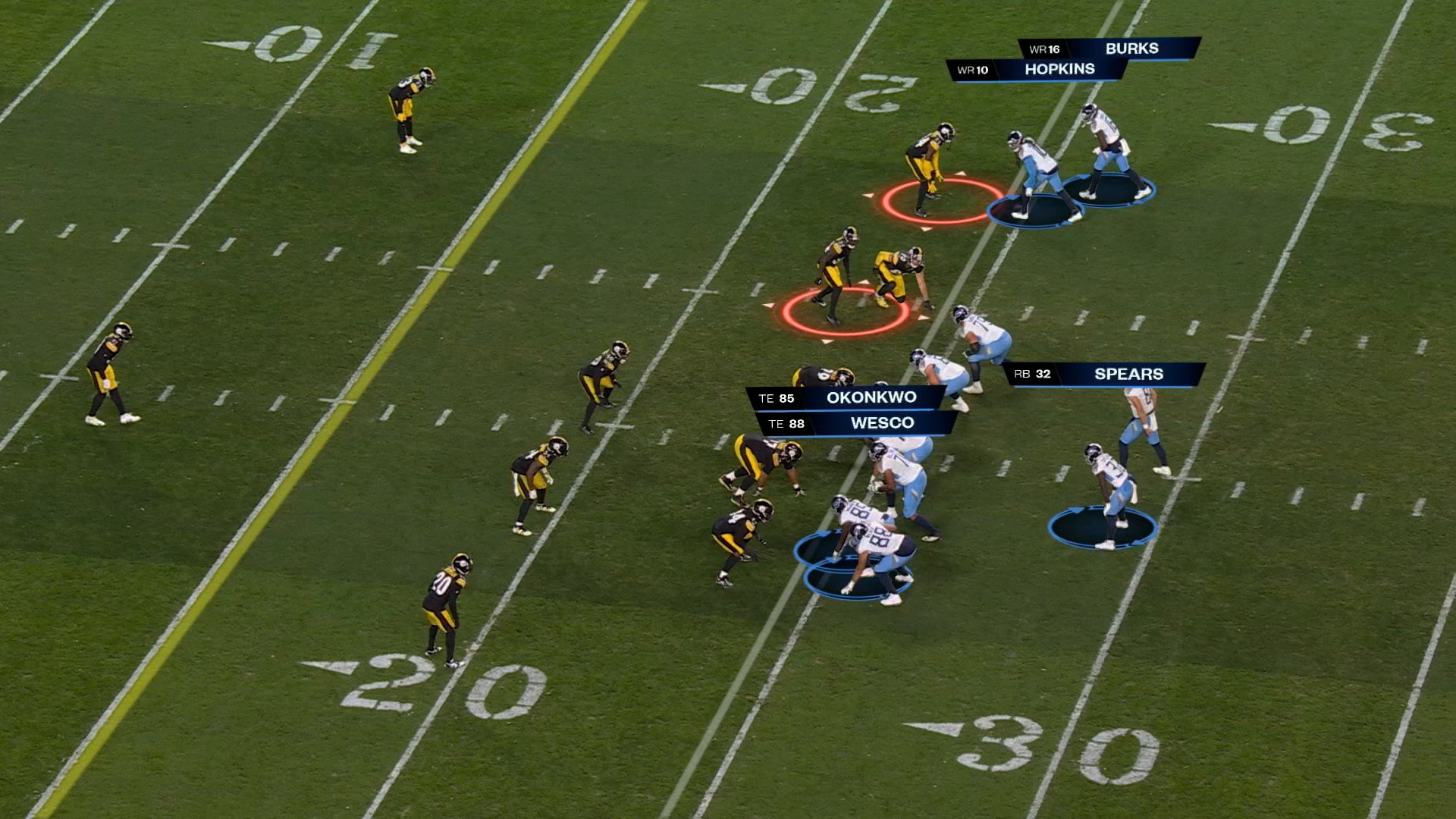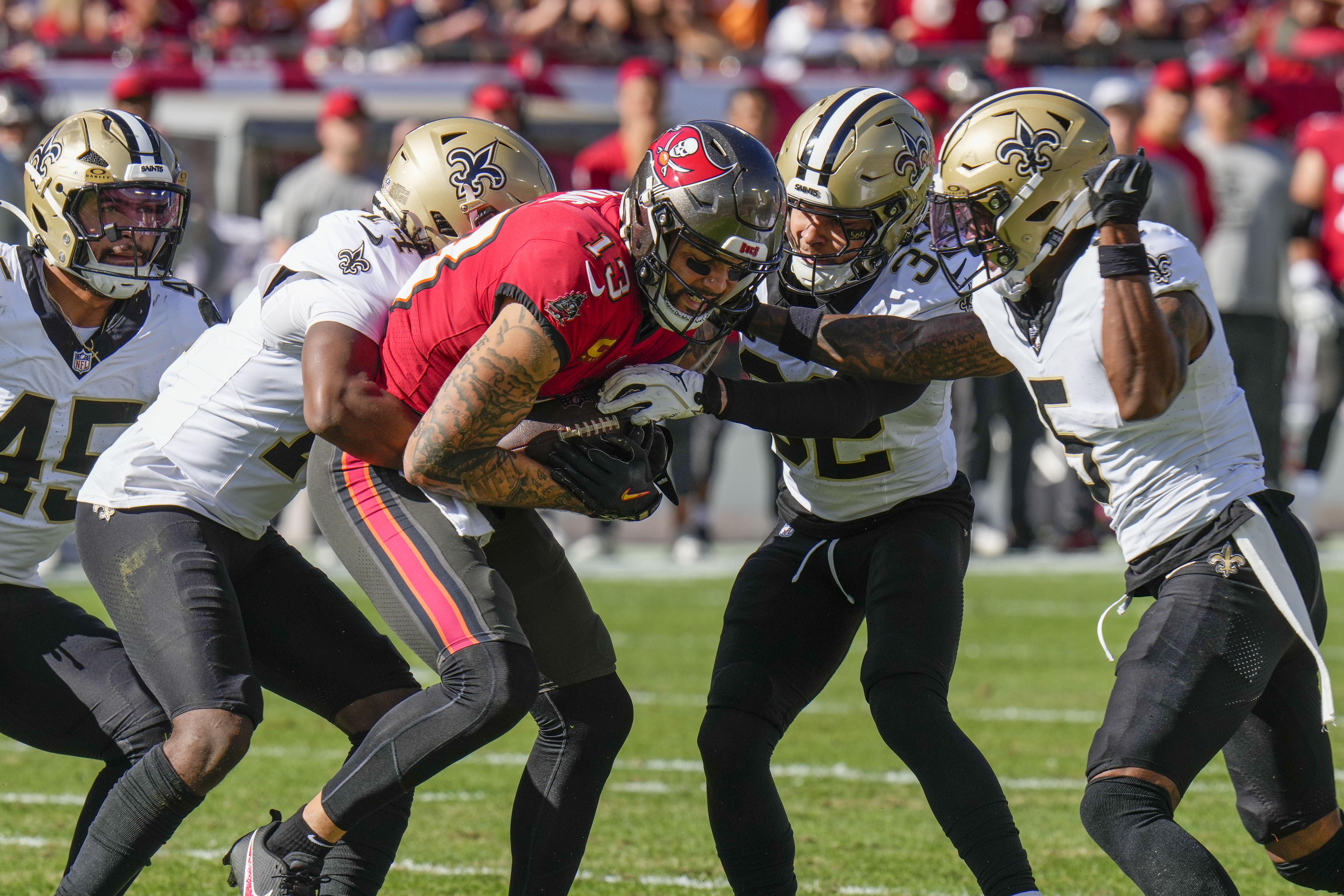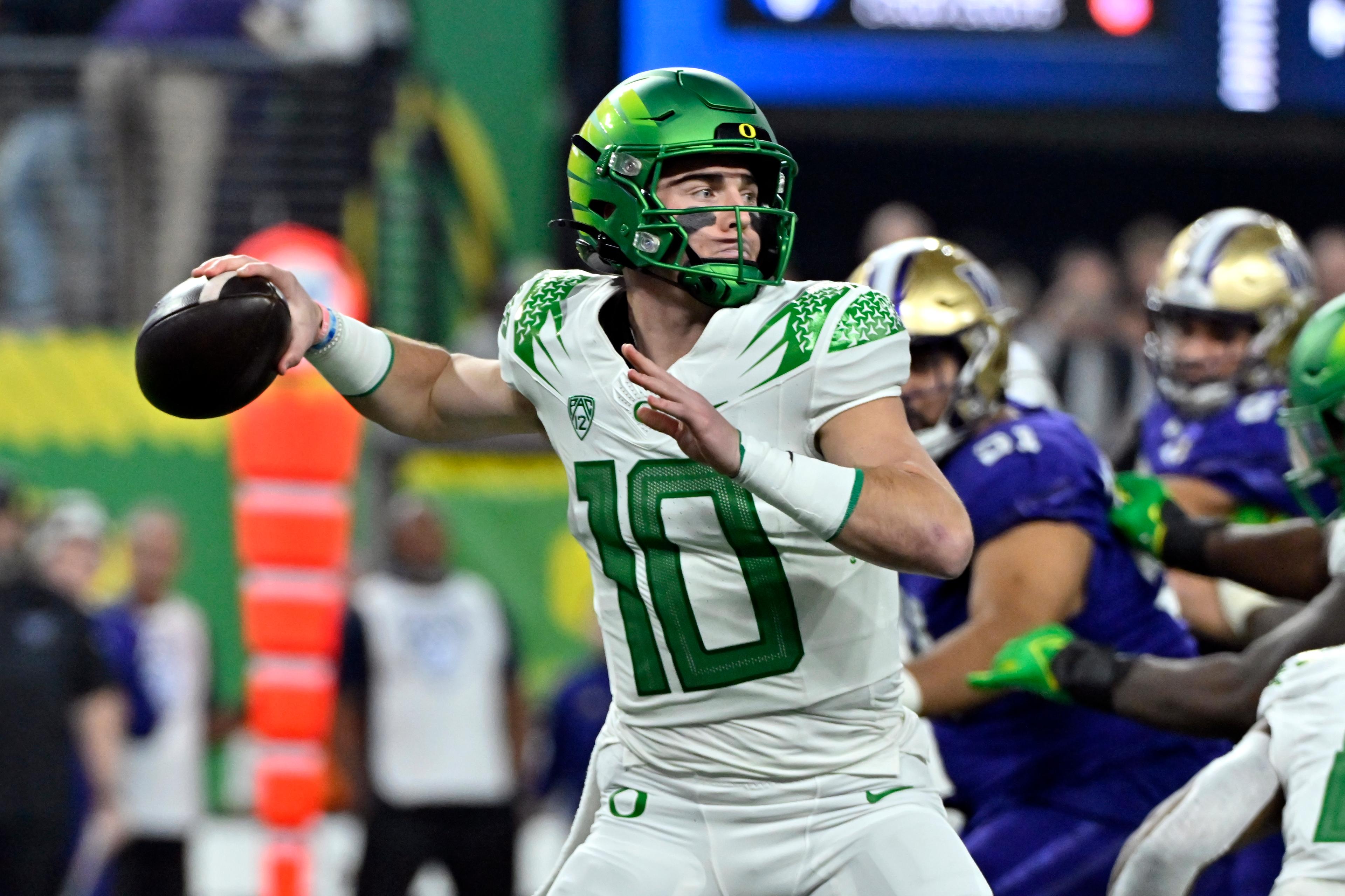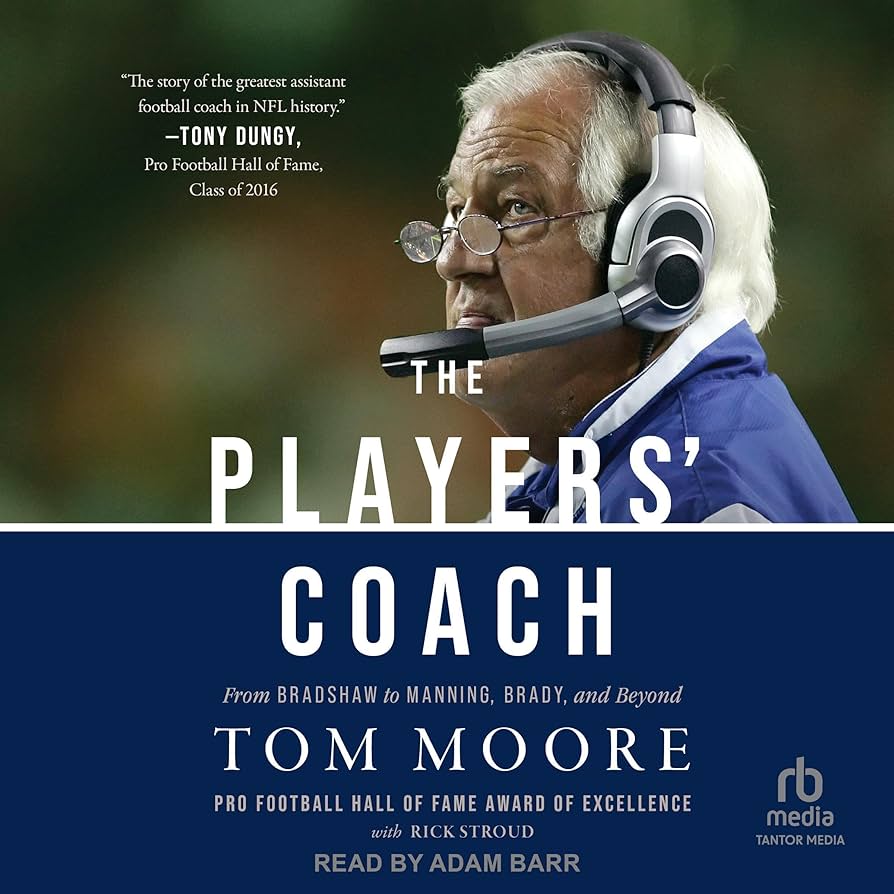
Navigating the Chaos: Printer Setups, the Emergence of AI, and NFL Draft Speculations
The weekend brought an unexpected challenge: setting up a new printer after many years of living without one. In a world filled with advanced technologies, it seems ludicrous that something as seemingly basic as printer setup continues to baffle users. I picked up a low-end Brother laser printer, lauded year after year by tech sites like The Verge for its reliability. Though the answer to “what is the best printer?” hasn’t changed, the experience feels laden with frustrations reminiscent of the “rot economy” described by Ed Zitron in his essay, Never Forgive Them.
 The perennial struggle with printer setups continues.
The perennial struggle with printer setups continues.
Setting up the printer was meant to be straightforward. Press the big green “WiFi” button, and voila! Yet as soon as I did, my internet connection vanished, throwing me into a cycle of technology-induced despair. Tropes about the absurdity of tech complications amidst primitive interfaces ring true. Zitron highlights this struggle depicts a much larger narrative of frustration over user experience and corporate neglect in his critique of the rot economy—where the focus isn’t on improving user experience, but rather on maximizing profit through aggravating means.
The AI Paradigm Shift
As the Green Button led to chaos, I reflected on the currents of AI technology infiltrating everything from printers to our communication tools. Zitron’s observations echo this point: “We need to have AI in everything because the number needs to go up.” This relentless pressure seems everywhere. Communication platforms like Slack push AI tools, prompting users incessantly for features they had no desire to implement in the first place. These compounding notifications pressure users to engage, even when they’re adamant about declining.
When looking at this AI frenzy through the lens of pop culture, the message is ever clearer: it’s about the numbers, not the user experience. Much like how the Chicago Bears are trying to reclaim their identity amid potential shifts in coaching, the tech world too seems to be grappling with maintaining priorities amidst rapid evolutions in user expectations and corporate needs.
The Coaching Turnaround for the Bears
In the shadow of technological chaos, livelihood shifts continue within the sports industry, notably with teams like the Chicago Bears now seeking a new direction. Recently, speculation regarding the hiring of Detroit Lions offensive coordinator Ben Johnson swirled as news outlets report on his potential landing spots. According to ESPN’s Adam Schefter, Johnson may not be eager to join the struggling Las Vegas Raiders due to their precarious quarterback situation and stiff competition in the AFC West.
Johnson’s arrival could potentially offer the Bears a significant advantage, especially if they offer an environment conducive to growth and learning beneath a budding quarterback. Fans argue passionately about the coaching search; Johnson’s abilities might just lead the team towards restoration, turning the tides of what’s been a turbulent few seasons. The Bears’ situation accentuates not just the need for competent leadership, but the crucial importance of environment amidst pressing competition.
Spotlight on NFL Draft Prospects
Transitioning from volatile tech to the gridiron, the discussion surrounding NFL draft prospects offers another lens into evaluating potential over situational pitfalls. Tight end Tyler Warren has emerged as a notable candidate transitioning from Penn State to potential first-round selection. His dynamic play has drawn comparisons to elite talents like Kyle Pitts and Brock Bowers, both of whom have redefined the tight end position significantly.
As teams assess their needs heading into the NFL Draft, Warren stands to be an impactful presence on whichever squad drafts him, especially given the league’s evolving focus on passing. Several teams, including the Miami Dolphins and the Los Angeles Chargers, are expected to vie for Warren’s talents, seeing him as more than just a position player but a transformative asset capable of shifting tactical advantages.
The Intersection of Choices and Expectations
Using Warren’s draft outlook as a backdrop, it becomes evident that choices and the environment in which they are made remain paramount, whether setting up a printer or orchestrating a football team. Step away from single transactions and examine the implications; every decision reverberates across the framework of experience—be it the number of apps preloaded on a laptop or the roster decisions that could make or break a season.
Drawing on Zitron’s reflections about the current technological and corporate landscape—where features emerge not from user necessity but from ulterior motives—parallels can be made to the decisions teams like the Bears make regarding their coaching choices. The expectations fans embody, much like tech users faced with unwanted software settings, revolve around sustainable growth and long-term vision, which is vital for nurturing football talent as well as ensuring seamless technology experiences.
Conclusion: Finding a Way Forward
Ultimately, as we navigate this intertwined realm of technology and sports, clarity becomes an essential asset. Fans want to cheer for their teams with optimism, users desire tools that actually work as intended, and organizations must recognize the long-term implications of the decisions made today. As we anticipate another NFL Draft and ponder the future of teams like the Bears, hoping for significant shifts in strategy might mirror the hope for a tech renaissance—where the user experience again reigns supreme over the mindless pursuit of numbers.
In a world chock-full of distractions and minimal user consideration, what remains to be seen is if companies will listen and adjust. In both the tech realm and the NFL, one can only hope that prioritizing meaningful engagement will win out over the systemic chaos plaguing both industries.










